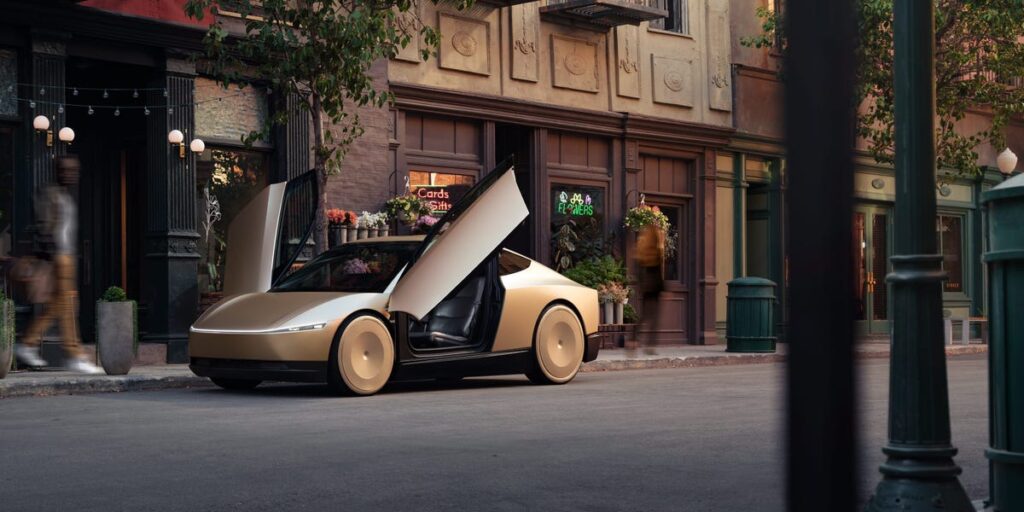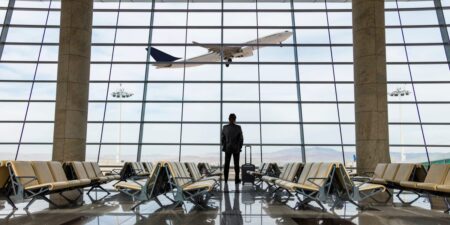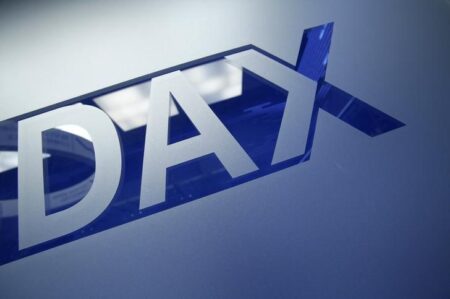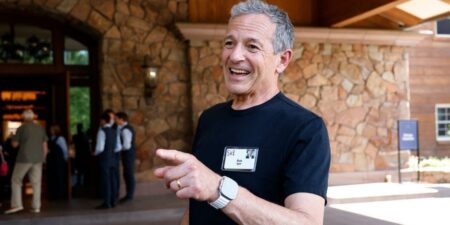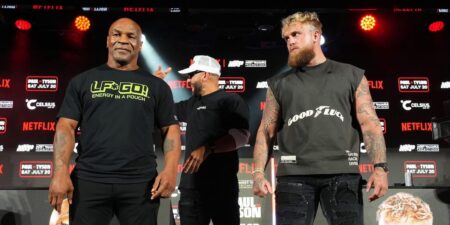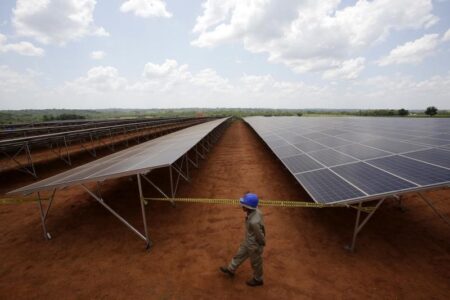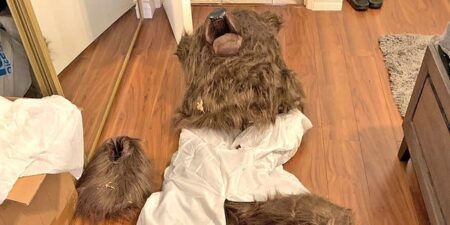- Tesla faces several regulatory hurdles before launching a robotaxi service.
- Insurance is already a complex subject for ride-hailing fleets and Tesla vehicles.
- High insurance costs could wipe out earnings for Cybercab owners.
There are plenty of hurdles for Tesla’s promised robotaxi fleet to clear before launching, but one overlooked barrier may be the complexity of insuring a fleet of self-driving Teslas.
Insurance for ride-hailing vehicles is already a complex subject. Uber and Lyft drivers are usually required to get an extra policy to cover their vehicles, which can cost them an average of $31 more monthly on top of their regular insurance policy, according to insurance comparison site The Zebra.
To make matters worse, Teslas are already more expensive to insure than the average vehicle. The average annual rate for a Tesla Model 3 is $2,221, compared to an industry average annual rate of $1,776, according to NerdWallet.
These costs could dent CEO Elon Musk’s promise that Tesla would operate a robotaxi business that is a mix of Uber and Airbnb, where drivers who enter their cars into the robotaxi fleet can profit from their otherwise stagnant vehicles.
“It’s great that you have a vehicle that is cheaper,” said Jessica Caldwell, executive director of insights for Edmunds, referring to Tesla’s $30,000 Cybercab. “But that can easily get outweighed by high insurance costs.”
The automotive insurance industry has yet to fully embrace autonomous technology, and without coverage, driverless Teslas can’t operate.
“Insurance providers aren’t even there yet in terms of how to assess these costs, because there’s not really a lot of modeling that you could do that exists right now,” Caldwell said.
Musk said on Thursday night that some Model 3s and Model Ys would operate without drivers in Texas and California before the Cybercab hits the streets, but it was unclear whether the drivers would use their own cars as passengers, if Tesla would operate those cars, or if Tesla owners would be able to rent out their vehicles for driverless rides.
Musk has long said that eventually autonomy will generate profits for owners and Tesla. But for ride-hailing firms, insurance payouts are among Uber’s biggest expenses, with analysts citing the costs as one of its top barriers to profitability.
Elon Musk’s magic may be wearing off
For years, Musk has been able to woo investors with big promises and flashy product reveals.
But years of broken promises and a struggling EV market have investors more skeptical than ever. Investors want to know when these big investments will pay off.
“While all of this seems great, investors right now want to know how realistic all of these cool robots are and what is the timeline for making money on this,” Caldwell said. “Fundamentally, Tesla is still a car company at this moment, and they’re not addressing the issues in that business.”
Investors were disappointed Thursday night following Tesla’s long-awaited We, Robot event, as Musk failed to provide concrete details on his plan to roll out a fleet of driverless taxis as soon as next year, as originally promised. Instead, he promised the Cybercab by 2027 and a futuristic Robovan with no set date.
Shares fell about 8% in trading Friday following Thursday night’s event.
“Heading into what might arguably have been the most highly anticipated product unveil in Tesla’s history, we had a number of expectations of what the market might learn that we felt were consequential to the direction and debate around the stock,” Morgan Stanley analyst Adam Jonas, who has a bullish $310 price target for the stock, wrote in a Friday morning note to clients.
“We were overall disappointed with the substance and detail of the presentation,” he added
Read the full article here







